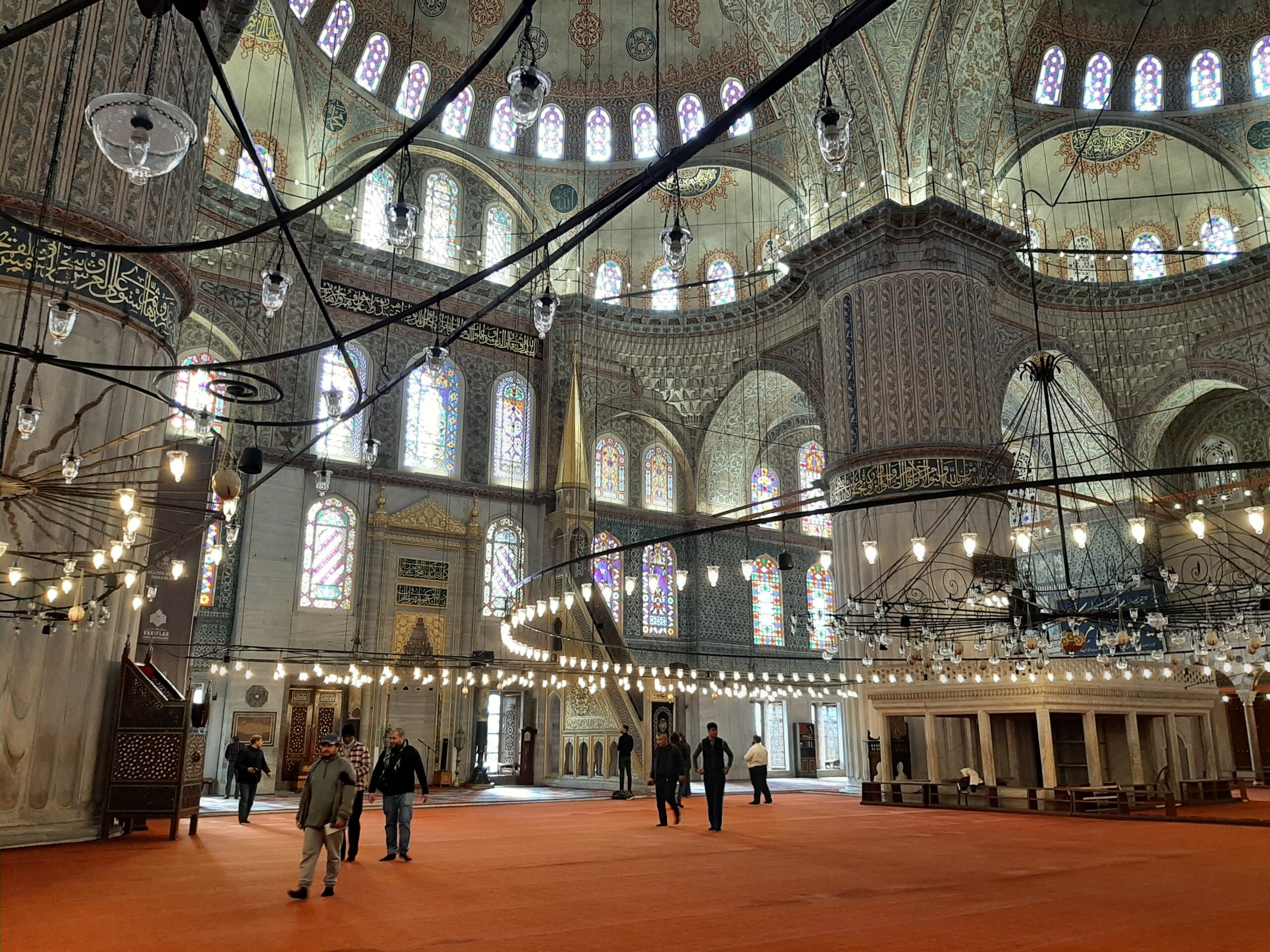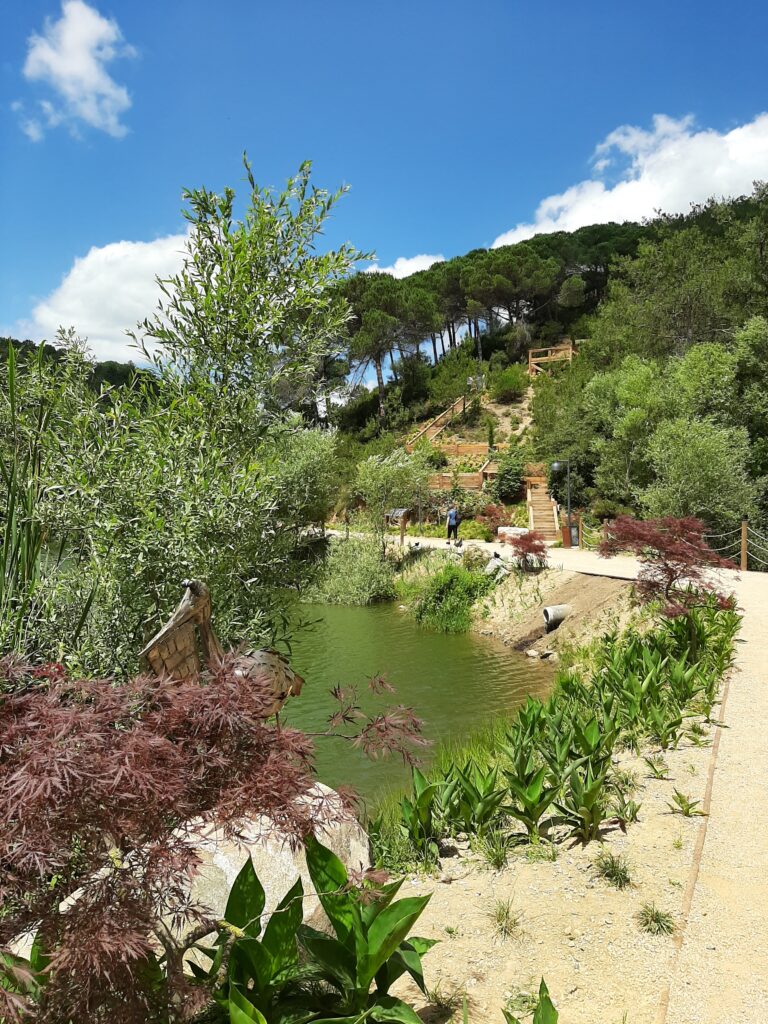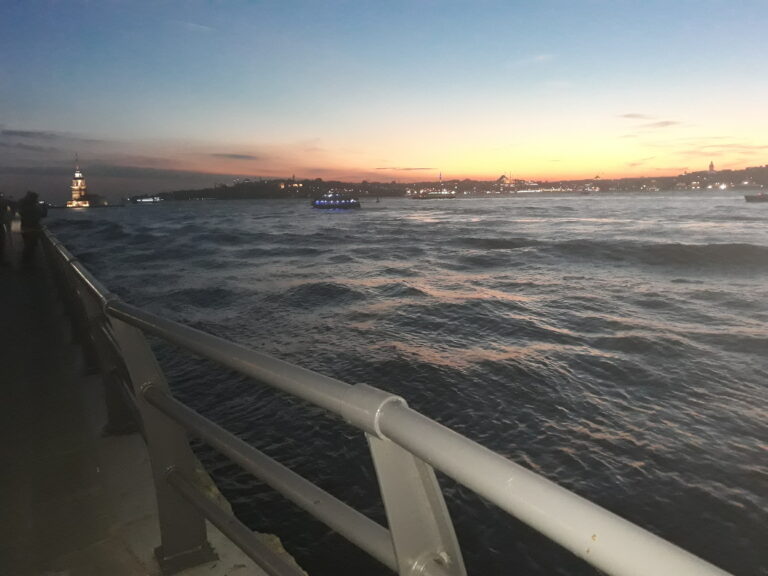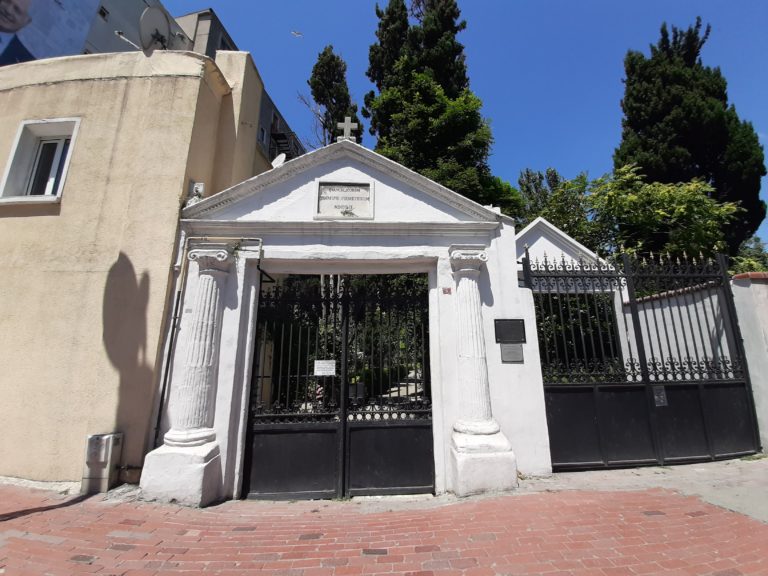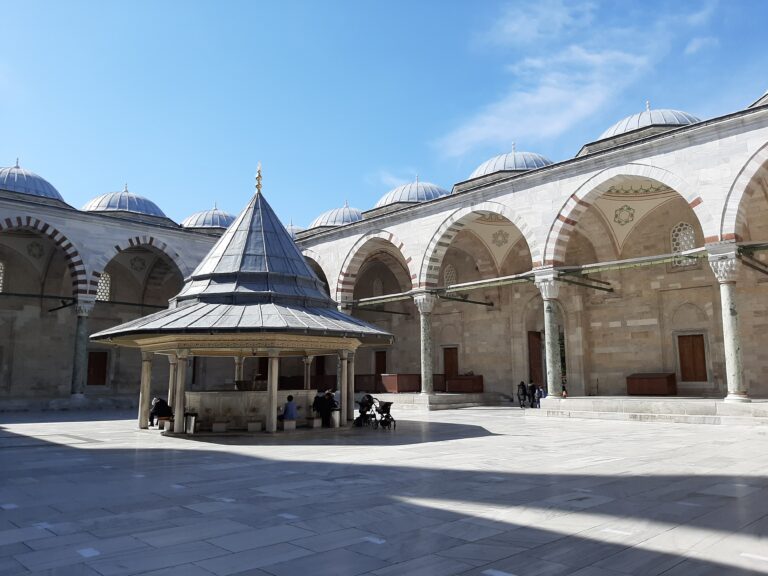Sultanahmet Camii aka the Blue Mosque
Waiting to enter Sultan Ahmet Mosque, struggling to take off your shoes amongst the crowds of people equally keen to enter, it’s easy to overlook its majesty. Once inside though, take a moment (not just a selfie) and breathe in the history of this elegant structure.
The Story of Sultan Ahmet and the Blue Mosque
Sultan Ahmet Camii, more commonly known as the Blue Mosque, was built at the behest of Sultan Ahmet the First. He came to power at only 13 years of age and contrary to tradition, he was intact at the time. His circumcision quietly took place 33 days after he took the throne, without the usual accompanying festivities.
The Blue Mosque was designed by Sedefkar Mehmet Ağa, a former student of the famous Ottoman court architect Mimar Sinan. Interestingly, Sedefkar Mehmet Ağa also worked on the construction of the Taj Mahal in India. Initially the Blue Mosque was named the New Mosque, but when another mosque was later built in Eminönü its name was changed.
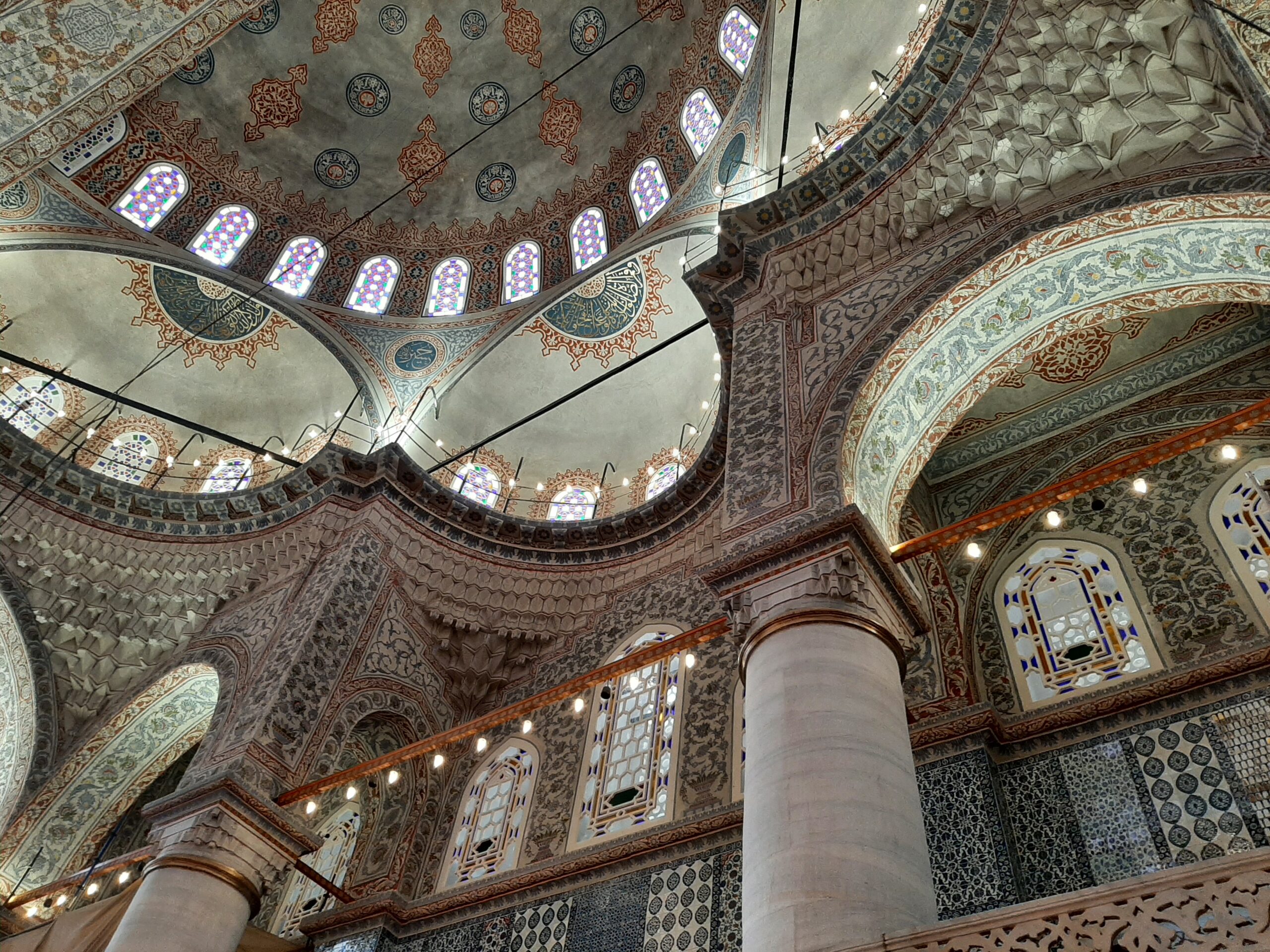
It’s said that Sultan Ahmet I wanted the minarets of the Blue Mosque to be made of gold but Sedefkar Mehmet Ağa was concerned about the cost, and rightly so. Rather than argue with the sultan, Sedefkar went about designing a mosque with six minarets instead. The six contain a total of 16 balconies, reflecting the fact Sultan Ahmet was the 16th sultan.
Sultan Ahmet I was so keen to see the mosque finished he helped with construction. The pickaxe he used is on display in the Topkapı Palace Museum. On the day the foundations were laid a great feast was put on and gifts distributed to the poor. As an act of humility the sultan attended the dedication ceremony wearing a hat in the shape of the Prophet Muhammed’s foot.
Construction took from 1609 to 1616, and when completed people applauded the mosue’s magnificence but the sultan was not happy. At the time the only other mosque with as many minarets was the K’aaba and Sultan Ahmet thought his mosque having the same number of minarets was a sign of disrespect.
Sedefkar Mehmet Ağa was clearly a clever and enterprising man. He set off for the Kaaba and on his return several years later announced it now had seven minarets (currently they number 13). Today the Blue Mosque is one of only five mosques in Turkey with six minarets.
The Blue Mosque is a testimony to the life of Sultan Ahmet I. It states ‘I am, I exist, I was’, in honour of a man who died a year after the mosque was completed, aged only 27 or 28.
Architectural layout of the Blue Mosque
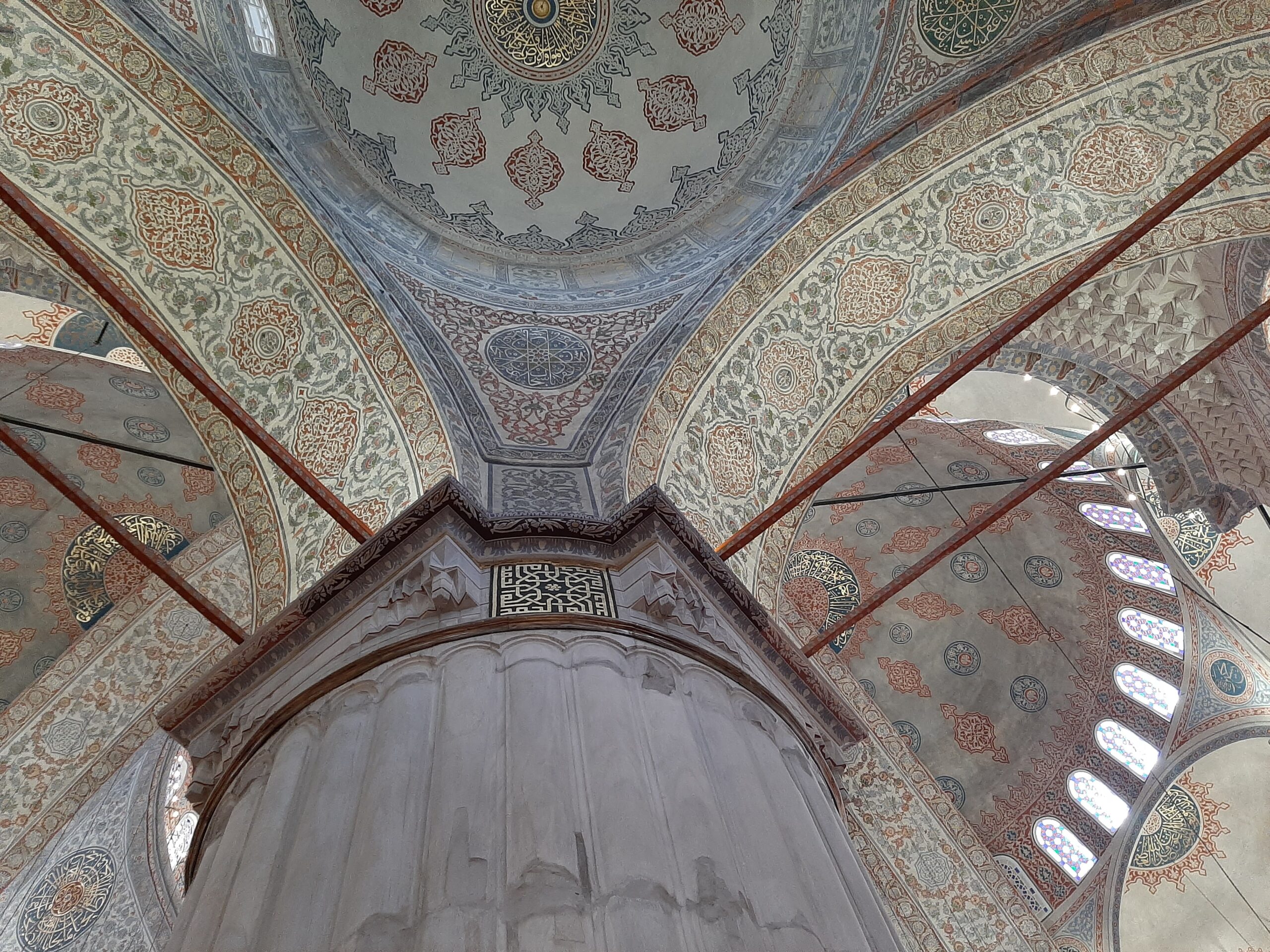
The Blue Mosque is one of several UNESCO World Heritage listed sites in Sultanahmet. Entry is via an almost square courtyard the same size as the mosque itself, with a grand octagonal şardivan, an ablutions fountain where worshippers wash before prayers set centre stage. The courtyard has three large entryways. Originally there were cords hung at the entrances which forced people to bend over as they walked through, as a mark of reverence. An iron cord over the western entrance meant riders on horseback also had to bow down in order not to hit it. Even the sultan had to follow suit.
During the reign of Suleyman large tent would be set up on the land to the west of the mosque for Mevlid Kandili. It used to serve coffee to all the participants.
The main space inside the Blue Mosque measures 64 by 72 metres, while the 23.5 metre diameter dome, mounted on four solid ribbed columns 5.5 metres thick, soars to a height of 43 metres. Four half domes make up the corners and 260 windows set in five rows provide illumination.
All the walls are covered with Iznik tiles, approximately 22,000 of them, with their distinctive patterns worked in blue, turquoise, green and white. They were produced under the direction of master tilemakers Kasap Hacı and Cappadocian Barış Efendi. While the tiles on the lower levels are traditional, those in the gallery feature a cornucopia of flowers – lilies, carnations, rose and tulip motifs, along with cypresses and other trees worked in a range of greens and rich shades of blue.
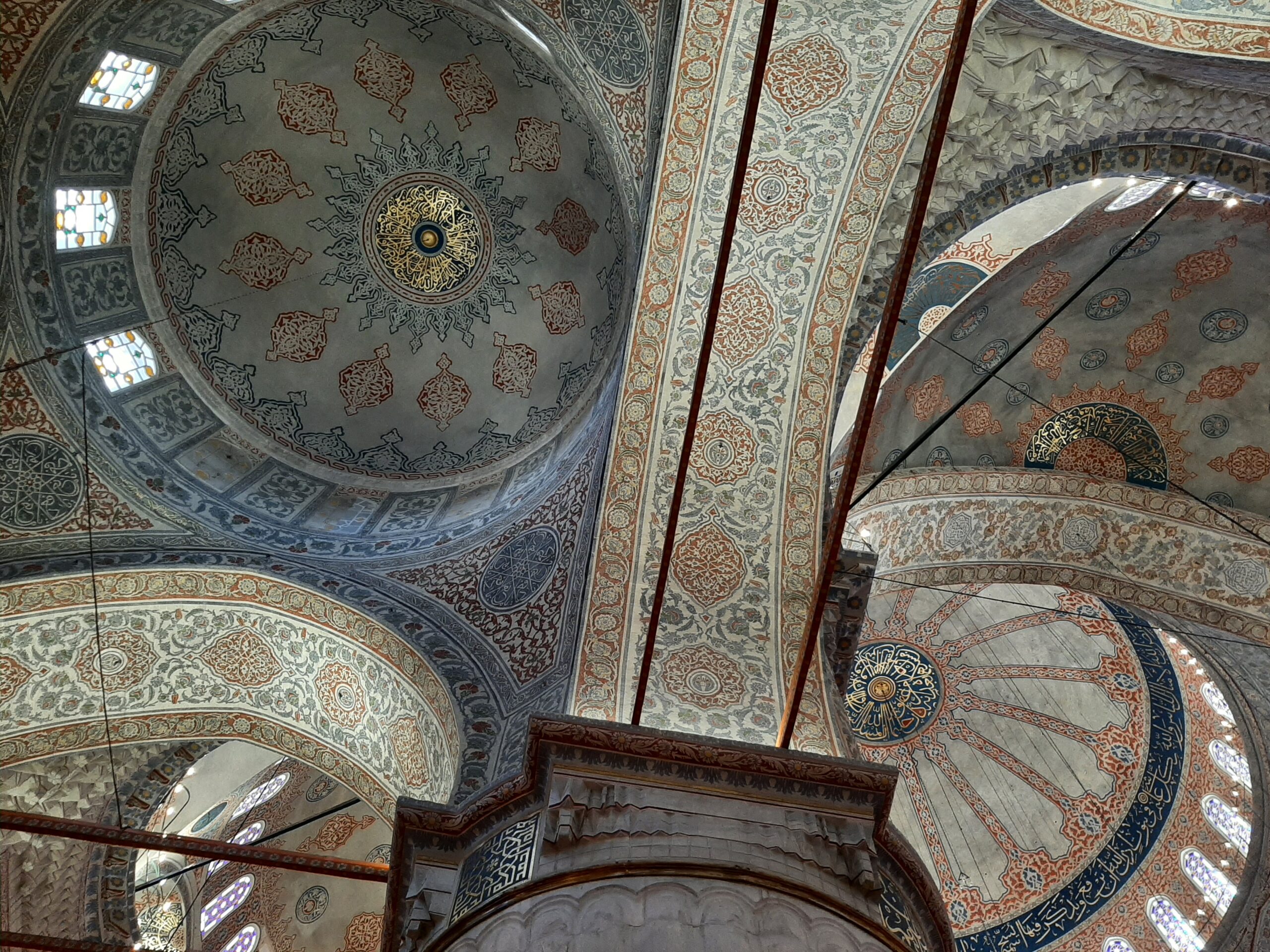
The sultan had the final say on the cost per tile but their prices rose over time, which saw the quality of the tiles used lessen as a result. Also, the passing of the years has been less than kind, with the colours fading and a number of tiles on the rear balcony wall being destroyed in a fire in 1574. Tiles taken from the harem in Topkapi Palace were used to replace them.
Nonetheless, when the light hits the surface of the ceramics and plays across the palette range, it’s easy to see why Sultanahmet Mosque is more often called the Blue Mosque.
When you can drag your eyes away from the gorgeous designs dancing across the walls, note the finely carved Proconnesian marble of the mihrab and minbar, as well as the ivory and mother-of-pearl encrusted woodwork of the doors and window-shutters.
A Blue Mosque guided tour will provide you with even more details.
What to know before you go to the Blue Mosque
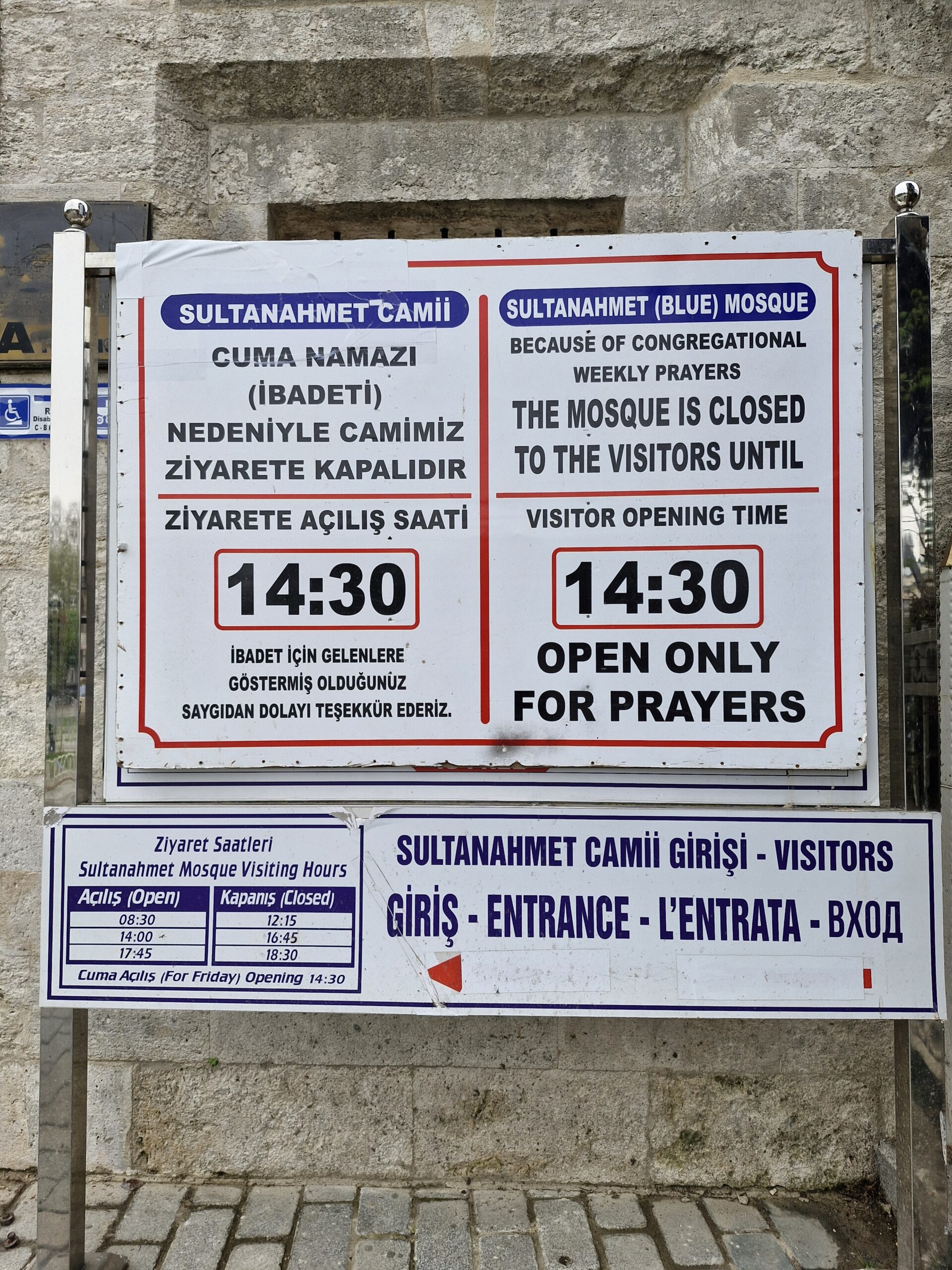
The Blue Mosque is closed to visitors on Fridays until after 14.30, so plan your visit accordingly.
Non-Turkish Muslims and anyone curious about Islam should note that after Friday prayers and special sermons given in Turkish on religious days such as kandil and Kadir Gece during Ramazan, the imams on duty repeat them in English.
As with all mosques you can’t enter wearing shoes and must adhere to modest dress codes. You’ll find everything you need to know about mosque etiquette in this article I wrote for Fodors.
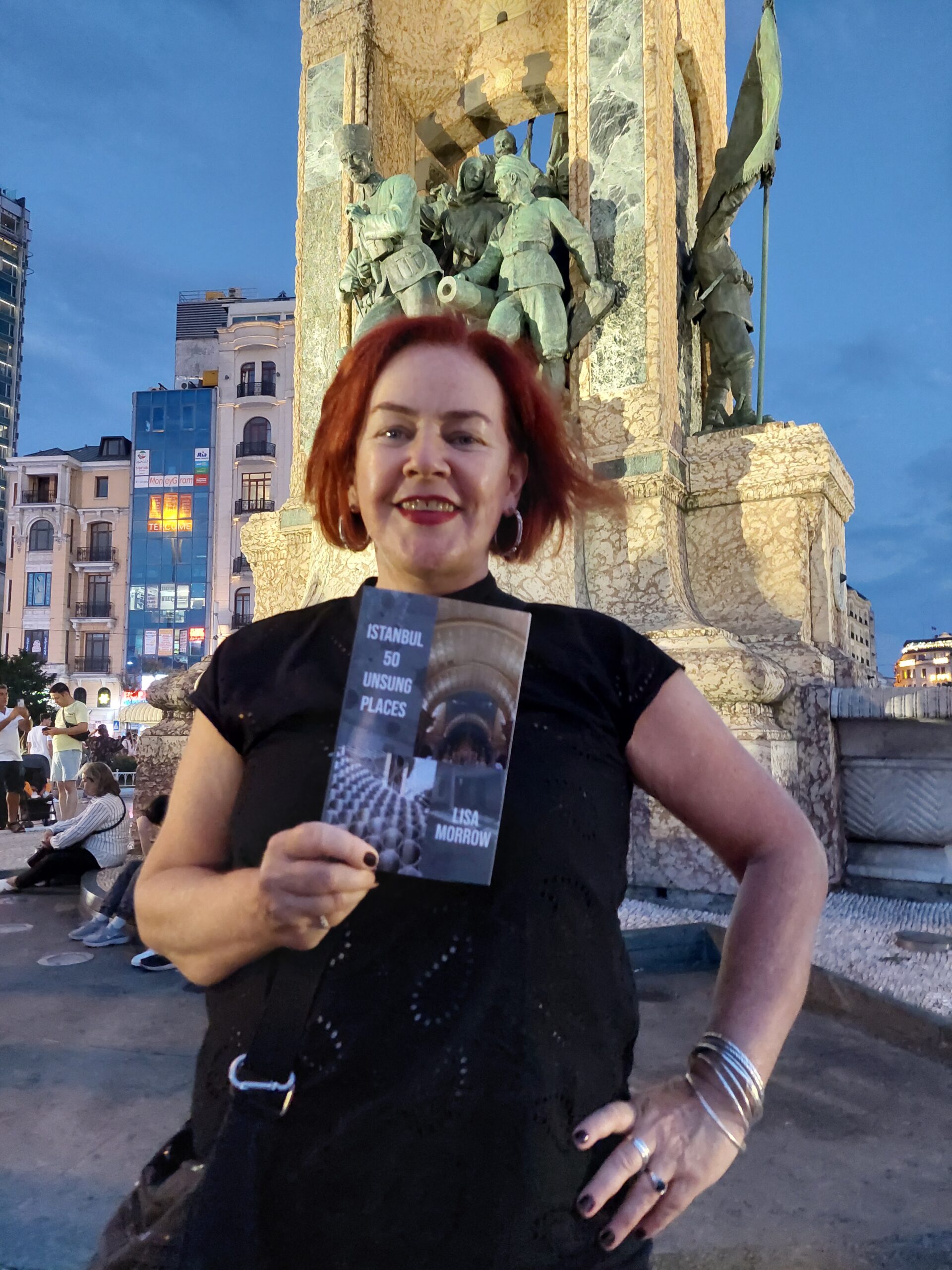
Once you’ve seen everything of interest in Sultanahmet, have a look at my bespoke guidebook Istanbul 50 Unsung Places. I’ve put together information on all my favourite places, most of them much less well known and therefore less crowded that the major sites in Istanbul, complete with their history, anecdotes and how to get to them using public transport.
Have fun in Istanbul but remember to stay safe!
Iyi yolculuklar.
